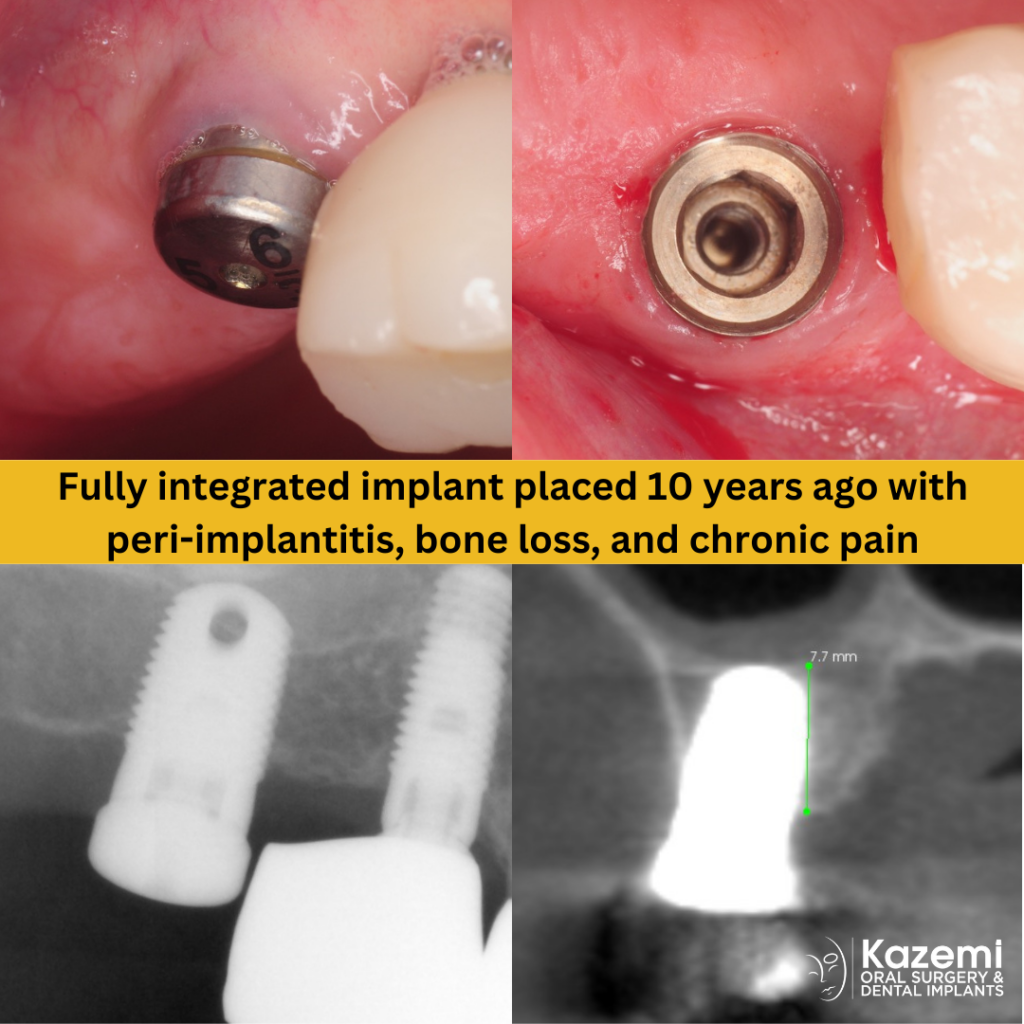Introduction: Dental implants have revolutionized modern dentistry by providing a reliable and long-lasting solution for missing teeth. However, there are instances when the removal of a dental implant becomes necessary due to various reasons, such as infection, implant failure, or the need for implant revision. Traditionally, implant removal involved invasive procedures, often resulting in tissue damage and discomfort for the patient. Fortunately, advancements in dental technology have introduced a non-invasive technique called the reverse torque technique, which offers a more gentle and efficient approach to implant removal. In this blog post, we will explore the benefits and procedure of using the non-invasive reverse torque technique for dental implant removal.
The Non-Invasive Reverse Torque Technique: The reverse torque technique is a non-invasive method used to remove dental implants. Unlike traditional methods that require extensive surgical procedures, this technique offers a less traumatic and more conservative approach. It involves the application of controlled torque in the opposite direction to that used during implant placement. The reverse torque breaks the bond between the implant and surrounding bone, facilitating its safe and gentle removal.


Benefits of the Non-Invasive Reverse Torque Technique:
- Preservation of Bone and Soft Tissue: One of the significant advantages of the reverse torque technique is its ability to preserve the surrounding bone and soft tissue. By exerting reverse torque, the implant is dislodged from the bone without causing excessive damage or trauma. This preservation of the bone and tissue enhances the potential for successful future implant placement, if required.
- Minimized Patient Discomfort: Traditional implant removal techniques often involve incisions, sutures, and bone removal, leading to post-operative discomfort and prolonged healing time. The non-invasive reverse torque technique reduces the invasiveness of the procedure, resulting in reduced pain, swelling, and a faster recovery period for the patient.
- Improved Implant Removal Success: The reverse torque technique provides a higher success rate for implant removal compared to traditional methods. By exerting controlled and precise forces, the risk of fracturing the implant or leaving residual fragments is significantly reduced. This technique allows for a complete and efficient removal process.
Procedure for Non-Invasive Reverse Torque Technique:
- Assessment and Planning: We first perform a thorough examination, including imaging techniques such as X-rays and CT scans, to evaluate the condition of the implant and surrounding structures. Based on the assessment, the decision is made to proceed with the reverse torque technique.
- Anesthesia and Access: Local anesthesia is administered to ensure patient comfort during the procedure. IV sedation is available for optimal comfort. We access the implant by removing the healing abutment or a small incision if if it is covered with gum tissue.
- Reverse Torque Application: Specialized instruments are used to apply reverse torque to the implant. The torque is gradually increased, allowing the implant to loosen from the bone.
- Follow-up Care: After successful implant removal, we provide instructions for post-operative care, which typically involves maintaining oral hygiene, taking prescribed medications, and scheduling a follow-up appointment to monitor healing progress.
Conclusion: The non-invasive reverse torque technique offers a valuable alternative for dental implant removal, providing numerous benefits to both patients and dentists. By minimizing tissue trauma, preserving bone integrity, and reducing patient discomfort, this technique has become an attractive option for dentists seeking a conservative approach to implant removal. As dental technology continues to advance, it is crucial for dental professionals to stay updated and consider adopting these innovative techniques to improve patient care and outcomes.
